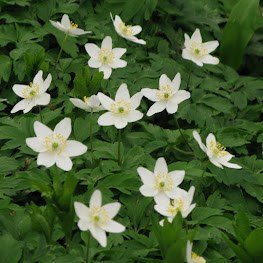The New Forest National Park is a Special Protection Area
for birds and every year a small number of car parks are
closed from 1 March – July 31, establishing quiet zones for the protection of
ground-nesting birds. The locations are
chosen based on survey work from the previous breeding season, together with
ongoing analysis of the prime locations for different species of bird.
Ground nesting birds such as the
lapwing, nightjar and curlew are at risk of completely disappearing from the UK
as their numbers dwindle due to loss of habitat and disturbance. The New Forest
is one of the last places in the UK where these birds can still be found and
helping them to breed successfully is now critical to their survival in the UK.
lapwing CR
curlew CR Ground nesting birds
can be very difficult to spot when walking across the Forest and most of
us would simply be unaware that they are here. In fact, the nests are so well
camouflaged that to the untrained eye it is very hard to see them before you
are so close that damage has already been done. Limiting
activity helps reduce the likelihood of birds abandoning nests or else exposing
them to predators – often other larger birds, such as crows. These often wait patiently
nearby in the hope that a bird rising into the air when disturbed by a passing human
or dog will reveal the site of a nest containing eggs or chicks which can then
provide an easy meal.
The
first national lockdown occurred at the start of the last breeding season. Birds took advantage of normally busy areas such as car parks
to nest or feed and reduced footfall meant that birds were generally able to breed more successfully across the Forest. This success has meant that
some new car parks have been added to the closure list this year.
The
car parks closed from Monday 1 March will be - Crockford, Crockford Clump,
Yewtree Heath, Clayhill, Hinchelsea, Shatterford, Hinchelsea Moor and Ocknell
Pond.
The
most sensitive breeding areas are signed and everyone out on the Forest can help our
birds by avoiding these and other breeding sites and respecting all signed instructions. Most importantly not to walk, cycle or ride across
open heathland or mires, to stay on main tracks and to keep dogs on leads and
not permit them to run across open land, even when it looks empty!
Other
car parks which have been closed for normal winter maintenance will re-open on
26 March. Details of all closures can be
found on the Forestry England website here: Car Park Closures
More
information regarding support for ground nesting birds can be found on the NPA
website here: New Forest NPA









